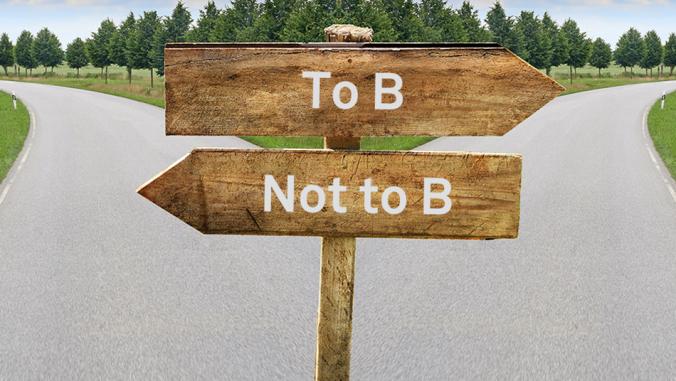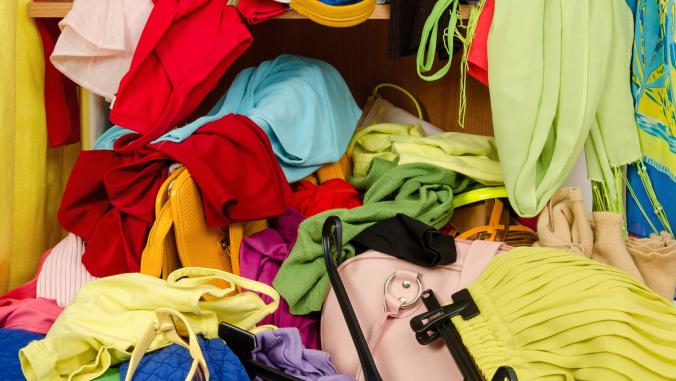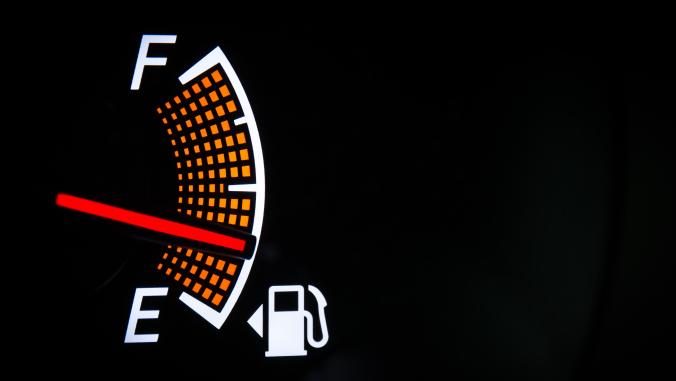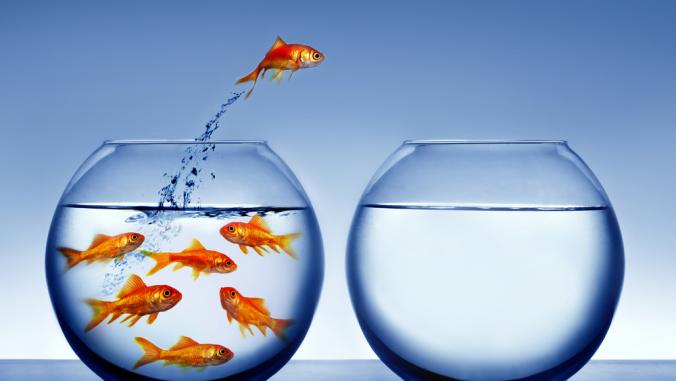The Real Story Behind Some of the 10 'Greenest' Brands
<p>The business of green certainly is complicated, and a recent survey listing the brands consumers perceive as the greenest in the land only further illustrates that point.</p>

You probably would not think of corporate giants Clorox and Colgate-Palmolive as "green" companies. But they own two of top 10 "green" brands, at least in the eyes of consumers, according to new global survey of consumer perceptions by WPP, the giant marketing and communications firm.
Topping the list of U.S. brands is Burt's Bees, which is a unit of Clorox -- a fact that isn't exactly trumpeted on Burt Bee's extensive website. Instead, the company tells the story of how Roxanne Quinby started the company in rural Maine by making candles out of Burt Shavitz's beeswax, after which they fell in love and moved into an abandoned schoolhouse to make more.
Her folksy little essay concludes: "The honey and candles are gone, the kids are grown, our friend sold the s choolhouse and now it's a tattoo parlor, and Burt bought a classic motorcycle with his earnings, but otherwise everything's pretty much the same here at Burt's Bees."
choolhouse and now it's a tattoo parlor, and Burt bought a classic motorcycle with his earnings, but otherwise everything's pretty much the same here at Burt's Bees."
Well, yes, everything's pretty much the same except that Burt and Roxanne split, she sold to 80 percent of the company to a private equity firm, which then sold it to Clorox, best known for its bleach, for $913 million in 2007.
Tom's of Maine is No. 3 on the list. (Maine is obviously a green state, in the eyes of consumers.) Its marketing, too, features homey images from the company's early years and talks about "putting the good of community and planet first." Its toothpastes, mouthwashes, soaps and deodorants are all natural (no aluminum in the deodorant) and use environmentally friendly packaging.
Meriting only the briefest mention is the fact that the family-owned firm was so ld in 2006 to Colgate-Palmolive, which makes Ajax and Speed Stick, a deodorants whose active ingredient is aluminum ziconoium tetrachlorhydex. (So is aluminum in deodorant a good or bad thing? Who knows?) Tom's co-founders Tom and Kate Chappell, meanwhile, have moved on to a new company called Rambler's Way which makes "superfine, sustainable, American worsted wool apparel."
ld in 2006 to Colgate-Palmolive, which makes Ajax and Speed Stick, a deodorants whose active ingredient is aluminum ziconoium tetrachlorhydex. (So is aluminum in deodorant a good or bad thing? Who knows?) Tom's co-founders Tom and Kate Chappell, meanwhile, have moved on to a new company called Rambler's Way which makes "superfine, sustainable, American worsted wool apparel."
And then there's Aveeno ("That's the beauty of nature + science"), No. 6 on the list, whose founders were drive by their "belief that centuries-old remedies hold the promise for human wellness" when they invented a natural bath additive made from oatmeal that they sold to the Mayo Clinic. 
Today, Aveeno makes a vast array of body care, facial care, hair care, skin care, sun care, baby care products -- nice to know they are so caring, isn't it? They're also owned by Johnson & Johnson, which in recent months has been embarrassed by a series of recalls of more than 40 different products, including children's pain and allergy remedies, because of manufacturing problems at its plants.
Apparently some of the products contained tiny metallic particles that shouldn't have been there. J&J's Tylenol showed up on shelves with a "moldy odor."
This business of green sure is complicated, isn't it? So is the business of listing and ranking green brands and green companies. This list, like all of them, has its flaws. Notably, it's far from comprehensive -- in the U.S., the survey including only about 50 brands -- and it inevitably mixes and matches products and companies. If those of us who pay attention to business and sustainability have trouble sorting out all this out, pity the consumer in a hurry with a limited budget who is trying to do so.
With those caveats, here's the Top 10 list, which makes up only a small part of the global survey:
1. Burt's Bees
2. Whole Foods Market
3. Tom's of Maine
4. Trader Joe's
5. Google
6. Aveeno
7. SC Johnson
8. Public
9. Microsoft
10. Ikea
So what's the significance of the list?
Once you understand that lots of environmentally-progressive consumer goods companies were not included in the survey -- Seventh Generation, Method, Stonyfield Farm and a host of other food companies come to mine -- my first reaction is consumers are pretty smart. I could quibble with a name of two, but it's interesting, as an example, that consumers recognize the work being done S.C. Johnson, particularly since that isn't a brand at all (unless you count Johnson's Floor wax.) It's encouraging to see that Wisconsin-based SCJ is getting credit for its path-breaking work around green chemistry and transparency.
Second, as noted above, is the blurry line between brands and companies. Can a not-so-green company make a green product? It's an interesting question but smart companies that want to do any green marketing at all should probably make sure they clean up their whole act before doing any boasting. "From a green strategy point-of-view, you need to be working to get all the pieces of your green house in order," says Annie Longsworth, global sustainability practice leader for Cohn & Wolfe, one of the WPP companies that conducted the survey. (The others are Landor Associates and Penn Schoen Berland, along with Esty Environmental Partners, the consulting firm run by author and Yale prof Dan Esty.)
Third, as Annie pointed out to me, the list is dominated by "in me, on me, around me" companies that make or sell things we eat or slather on our bodies or use to clean ourselves, clothes or homes. But they are joined by what she calls "helper brands" that provide guidance to consumers who want to be more sustainable. Google and Microsoft fall into this category.
Companies that didn't make the top 10, by the way, including, in no particular order, Starbucks, Wal-Mart, Apple, Marriott, Disney, HP, Dell. None of the auto companies or oil companies (surprise!) make the top 10 either. WPP didn't release the full list -- that's not very transparent of then, but then again, they're trying to market this data to their clients, so that's business.
Happily, smart people are working to bring clarity to this hazy world of green brands. Among them are the people at The Sustainability Consortium organized by Wal-Mart, my colleagues at Greenbiz.com who are working with Underwriters Laboratories, Good Guide and others. (See The Business of Rating Business.)
The day when consumers can get reliable, third-party rankings of products and companies can't come soon enough.
GreenBiz.com Senior Writer Marc Gunther is a longtime journalist and speaker whose focus is business and sustainability. Marc maintains a blog at MarcGunther.com. You can follow him on Twitter @marcGunther.
Shopping cart photo CC-licensed by Flicrk user Muffet.





